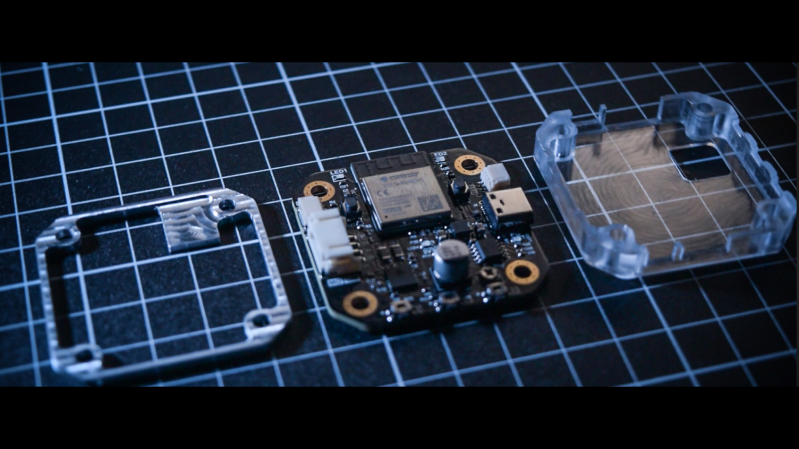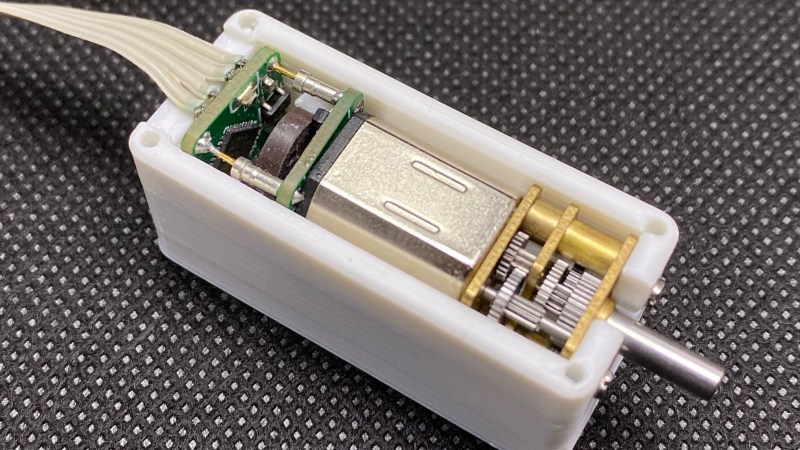[Avidan Ross] has an unyielding passion for coffee. Brewing a proper espresso is more than measuring fluid ounces, and to that end, his office’s current espresso machine was not making the cut. What’s a maker to do but enlist his skills to brew some high-tech coffee.
For a proper espresso, the mass of the grounds and the brewed output need to be precisely measured. So, the office La Marzocco GS3 has been transformed into a closed-loop espresso machine with a Particle Photon and an Acaia Lunar waterproof scale at its heart.
On the software side, to run the ‘smart brew’ …read more
 Continue reading Will Hack For Espresso→
Continue reading Will Hack For Espresso→

